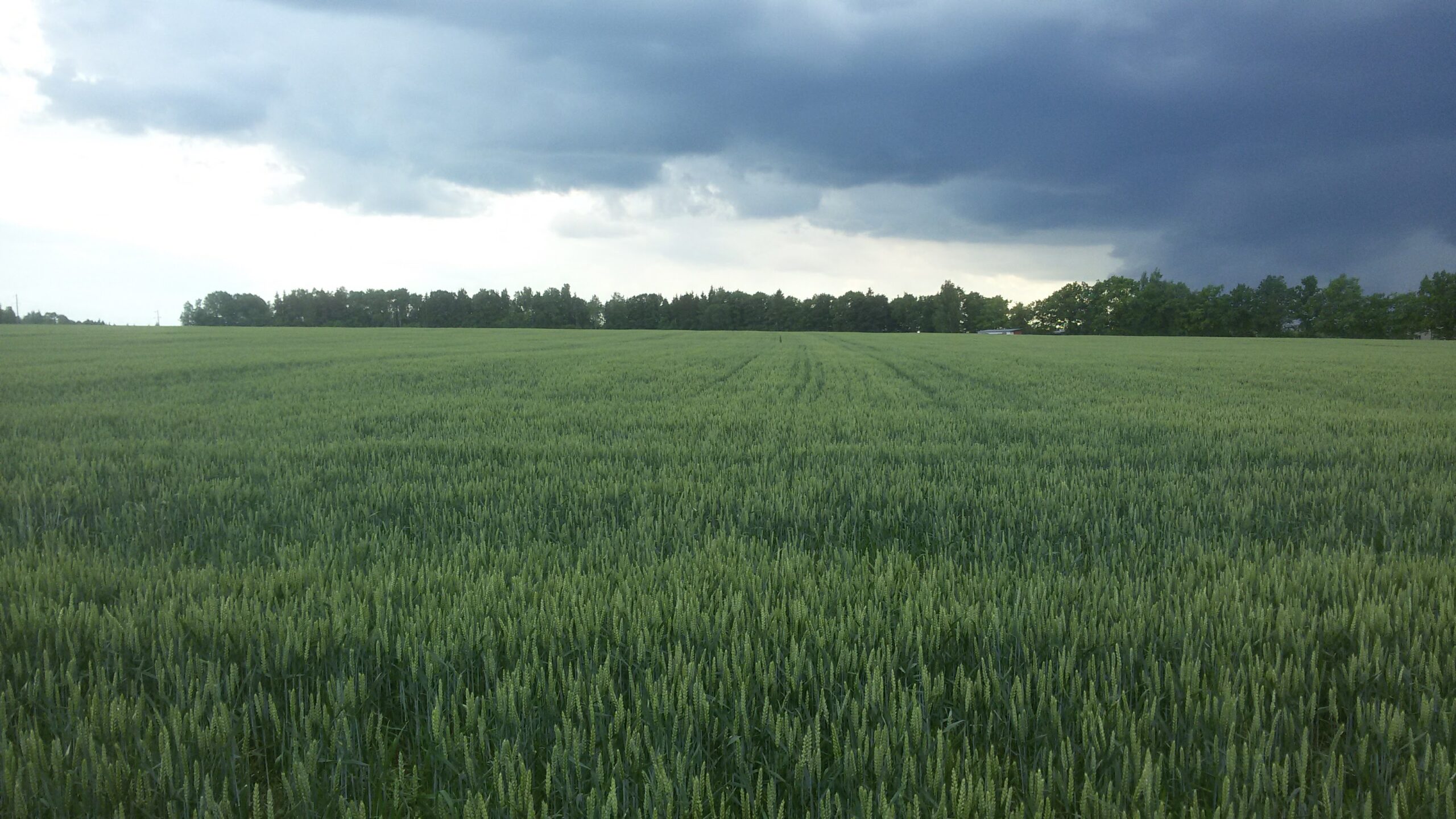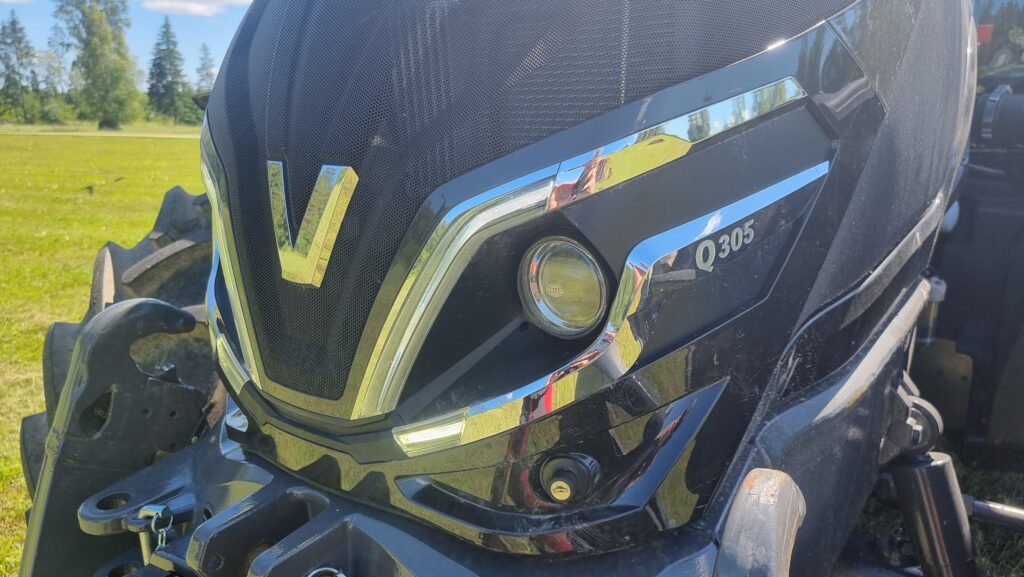Weather Forecast and Why It’s So Important for Farmers
I’ll explain a bit about the weather forecast and its importance for a farmer.
Essentially, the planning of almost all agricultural activities is based on the weather forecast.
Estonian meteorologists have stated that they can accurately predict the weather for the next couple of days; for 7-10 days, the probability is around 50-60%, and the longer the period, the less reliable it becomes. The current climate makes forecasting a rather thankless job, with many abrupt weather changes that can turn predictions upside down.
I first look at the forecast for the next couple of days, then the week’s forecast. I also consider the monthly forecast to understand the prevailing trend. While it’s not very reliable, I don’t have a better option available anywhere 😀.
I use two weather apps simultaneously – the Estonian Environment Agency’s Ilm+ and Yr.no. With Ilm+, I can observe local weather with village precision while driving a tractor, using radar data. With Yr.no, I check the accuracy or deviation of Ilm+. I also check the weekly and monthly forecast on the Environmental Agency’s website, where it’s possible to view radar forecasts.
Additionally, I use the Rainviewer app, which allows me to observe rainfall amounts and the forecast for the next 3 hours based on radar data for a specific location. It not only provides nice graphics but is also very useful during the harvesting period.
I’ve also considered getting a weather station installed in the field to obtain even more accurate data than radar and forecasts. However, since my fields are scattered, the benefit of this may be limited. It could be helpful during the harvesting period, allowing me to check the specific conditions at the location where I need to start harvesting. Instead of driving there and spending time and fuel, I could observe the current situation from the app.
Fertilizing – When applying the first round of fertilizer in spring, I monitor temperatures and precipitation. The effectiveness of nitrogen fertilizer depends on the prevailing temperatures. If plant growth is slow, with daytime temperatures staying well below 10 degrees and the weather forecast indicates no sudden warming in the coming weeks, then I consider whether and how much nitrogen fertilizer makes sense. If its few degrees over zero for a longer time, I postpone fertilizing because plant is not going to use it anyway
I also look at the precipitation forecast. Heavy rain can either take the fertilizer to the deeper soil layers, where plants can’t access it.
On the other hand, during a dry period, if the topsoil has dried and I need to apply a second or third round of fertilizer, it’s advisable to do it before it rains. Ideally, a gentle rain dissolves the fertilizer granules and takes them to the plant roots. However, a farmer welcomes whatever rain 😀 If it seems there won’t be any rain at all, maybe not fertilizing at all is a right choice because the plants won’t absorb it anyway, waste of money
Planting – Prolonged cold temperatures do not favor plant growth. In conventional agriculture, this may not be as crucial as in organic farming, but still, sowing in cold soil poses the risk that the crop may not start growing quickly enough and remains overshadowed by weeds (which grow in any weather 😂). Weeds and crops compete for nutrients, water, and light, and if weeds grow well before the crop reaches the soil surface, the latter is at a disadvantage.
Some plants (especially large-seeded ones) are known for slow germination. For example, peas germinate poorly at temperatures below five degrees Celsius. There are cases where seeds have been in the soil for three weeks without the plants being able to emerge. Such slow germination depletes the reserves in the seed, and when the plant finally emerges from the soil, its developmental potential may be hindered. I prefer to sow peas in warm soil and, if possible, as the last crop (grains develop faster at lower temperatures). I have also sown them first, and the results have always been poorer than with later sowings.
Spraying – I monitor temperature, wind, and precipitation. Pesticides often specify the recommended temperatures, generally ranging from +5 to +10 degrees at the time of spraying. Too low temperatures – reduced effectiveness or none at all
After spraying, the risk of frost can cause additional stress or irreversible damage to the plant. Generally, spraying is avoided on a day when there is a risk of frost the following night.
Wind is the main adversary in spraying. In Estonia, spraying is allowed with winds up to 4 m/s.
I check the wind forecast to determine if spraying is possible and when. Conditions are often more favorable in the early morning or at night. Knowing how long the work takes, there may be a need to start a few hours earlier in the morning to complete the spraying by the time the wind becomes too strong.
The precipitation forecast helps in planning the end of spraying work because pesticides usually have a window of about 1-3 hours after application during which rain should not occur. Rain can wash the pesticide off the plant, rendering the effort ineffective.
Harvesting – In this work, the weather forecast is the most crucial tool. On harvesting days, I continuously monitor the radar which shows the movement of rain clouds. This knowledge helps me plan the following activities, such as whether to call the hauliers back to the field, whether to stop the work, clean the combine, close the hatches, or move to the next field.
Longer forecasts provide input on whether there is a hurry for harvesting a particular crop or let it dry on the field. When the field is harvest-ready, moisture below 20%, but market moisture is 13%, and the forecast indicates several days of warm and sunny weather, it’s wise to let the crop dry in the field and save on drying costs.
If there is prolonged rainy period coming, I try to harvest crops that are sensitive to rain, such as wheat (especially if it is of food quality) and field peas, which easily lodge. Wheat dries slowly after rain and quickly loses quality. Barley, on the other hand, is more tolerant of rain, and after a light rain, it is possible to resume harvesting on the same day.



